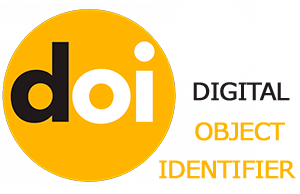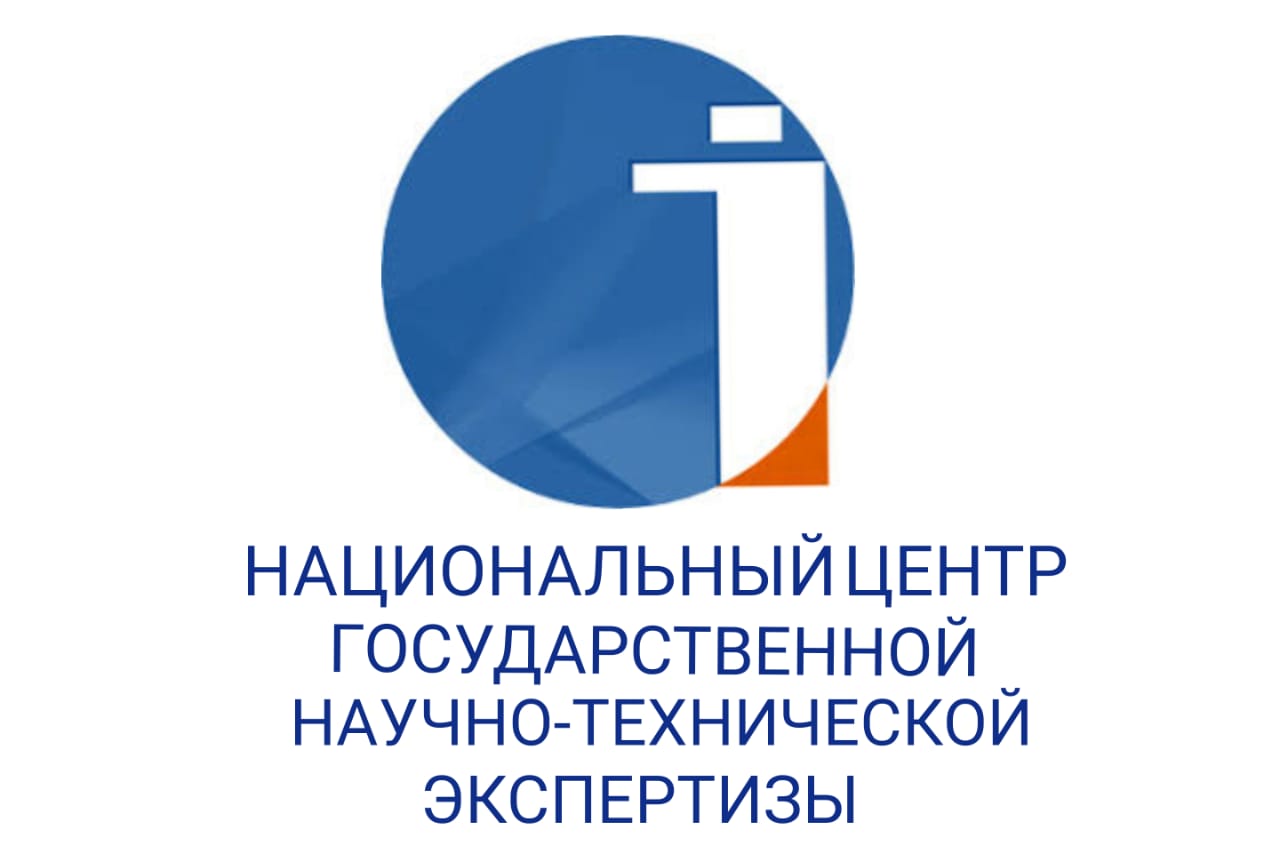СОВРЕМЕННЫЕ ТЕХНОЛОГИИ В ПРОЕКТИРОВАНИИ ОБРАЗОВАТЕЛЬНЫХ ПЛАТФОРМ ДЛЯ ЯЗЫКОВОГО ОБУЧЕНИЯ: WEB 2.0 И WEB 3.0
DOI:
https://doi.org/10.48371/PEDS.2024.75.4.024Ключевые слова:
социальные сети, иностранный язык, Web 2.0, Web 3.0, образовательные технологии, гибкие форматы обучения, блокчейн, персонализация обучения, цифровое взаимодействиеАннотация
В условиях современного образовательного контекста технологии играют ключевую роль, особенно в разработке социально-ориентированных сервисов для изучения иностранных языков. Данная статья ставит целью выявить основные аспекты проектирования образовательного сервиса для обучения иностранным языкам с учётом требований и возможностей технологий Web 2.0 и Web 3.0. Исследование акцентирует внимание на важности создания образовательной платформы, интегрированной с социальными функциями и адаптивным дизайном, который обеспечивает более высокую вовлеченность и эффективность учебного процесса.
Особое внимание уделено использованию искусственного интеллекта для персонализации обучения, что позволяет адаптировать учебные траектории под каждого пользователя и включать инструменты оценки произношения, важные для языкового образования. В статье также исследуются возможности Web 3.0, такие как внедрение блокчейн-технологий для образовательных контрактов и цифровых удостоверений, а также обеспечивается более безопасное хранение данных студентов. Кроме того, статья рассматривает концепцию обновления контента, мультиплатформенность и интеграцию с внешними ресурсами, что обеспечивает актуальность и универсальность платформы для пользователей.
В рамках исследования проведён опрос студентов, чтобы выявить их предпочтения, потребности и ожидания в отношении образовательного сервиса. Это позволило включить в разработку концепта платформы функции, которые соответствуют запросам студентов, например, социальное взаимодействие и возможность командного обучения. Полученные рекомендации направлены на создание успешных образовательных платформ, учитывающих современные технологические тенденции и ориентированных на повышение эффективности обучения иностранным языкам. Анкетирование, проведённое среди студентов, позволило выделить ключевые предпочтения, касающиеся адаптивного дизайна, многофункциональности и социальных возможностей платформы. Выявленные данные стали основой для создания образовательной платформы, которая обеспечивает персонализированный подход и поддерживает постоянную обратную связь с пользователями. Таким образом, представленная в статье модель социальной сети для изучения иностранных языков отражает актуальные потребности студентов и соответствует современным требованиям к образовательным технологиям.








